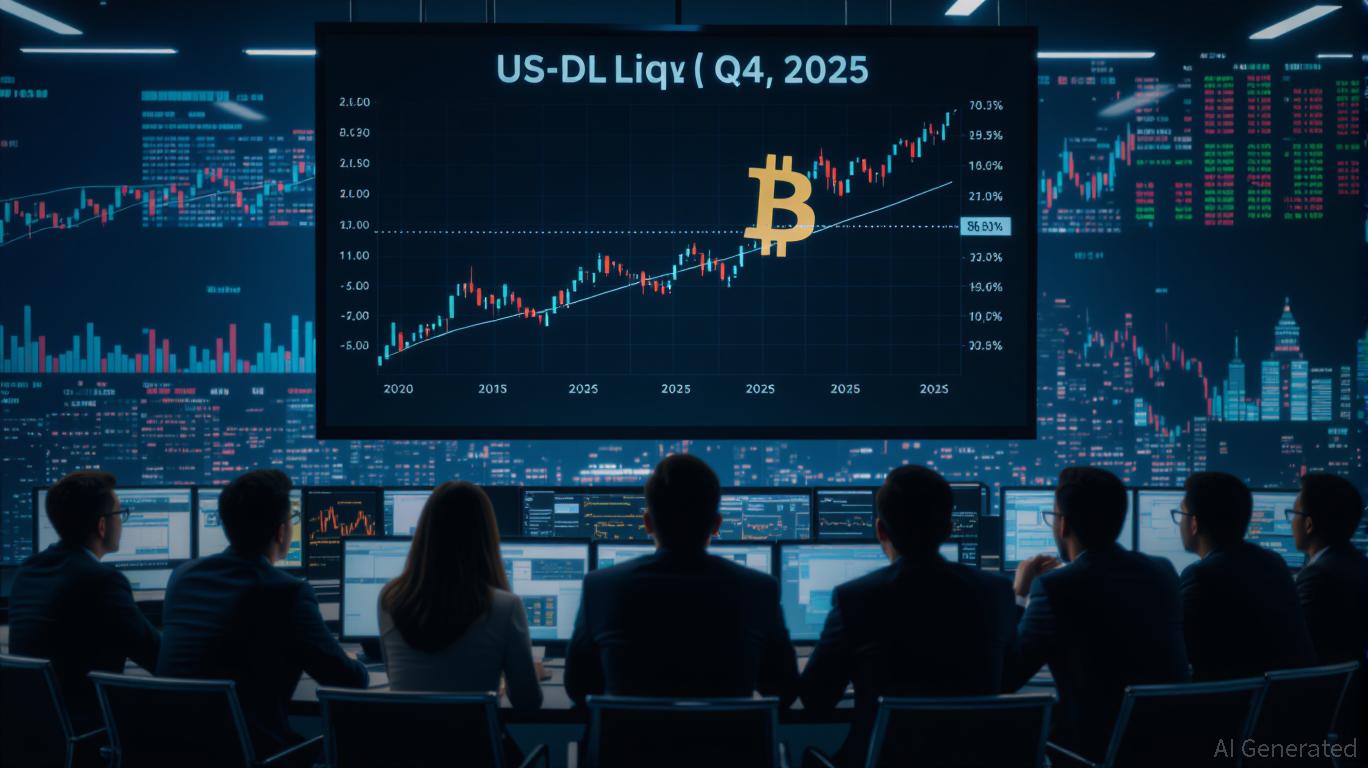- Breakdown from symmetrical triangle signals shift in momentum and possible further downside.
- SOL fell to $158 despite BSOL ETF launch, testing key support between $155 and $165.
- ETF inflows could stabilize price, but failure to hold support may extend losses to $130-$140.
Solana’s SOL recently fell hard, slipping to $158 even after excitement around Bitwise’s new BSOL ETF. The decline has caught many traders off guard, especially since the ETF launch was expected to drive demand. Instead, the market responded with caution. Now, the cryptocurrency sits near a critical support range between $155 and $165 as investors debate whether Solana can bounce or slide deeper.
Solana Breaks Down from a Key Pattern
Solana recently broke down from a symmetrical triangle pattern that had kept traders watching closely. This breakdown ended several weeks of sideways movement and confirmed a shift in market direction. When such patterns break, they often lead to strong, sustained moves. The price drop pushed Solana below key support around $178 to $180. That range combined horizontal support with the 0.382 Fibonacci retracement and the 21-day exponential moving average. The breach formed a new lower low at $158, a level that now acts as a short-term base.
Technical indicators show mixed readings. The Bollinger Band Width Percentile jumped sharply on the four-hour chart, hinting at rising volatility. On the daily chart, the indicator stands near 65%, showing that more price movement could still develop. Bitwise’s BSOL ETF launch on October 28 drew plenty of market attention. The staking-enabled fund attracted $400 million in assets during its first week, outperforming Rex-Osprey’s SSK ETF. Analysts viewed the launch as a sign of growing institutional interest in Solana. However, that enthusiasm failed to lift prices.
Critical Support Levels to Watch
The lack of a price reaction highlights a broader theme in the market — strong fundamentals don’t always translate into short-term gains. Traders now focus on whether inflows into the BSOL ETF can help stabilize sentiment in the coming days.Solana now tests a vital support zone between $155 and $165. This region has acted as a demand area during past corrections, attracting buyers who look for discounted entries.
The next key level sits at $155. A break below that could expose deeper targets near $130 to $140.Market volatility remains elevated. Short-term relief rallies could appear as traders take profits from recent shorts. Yet, on higher timeframes, indicators suggest room for further movement before stabilization occurs. The BSOL ETF remains a potential catalyst for recovery. If institutional inflows increase, buying pressure could build around current price levels.
The $155 mark will likely decide whether Solana finds a floor or enters another downtrend. For now, traders stay cautious as Solana navigates one of the most crucial phases of its recent price cycle. Strong support must hold to prevent further downside pressure, while sustained ETF inflows could offer the spark needed to restore momentum.




